
The demand for faster and more reliable internet connections is constantly growing, driven by the increasing digitalization of our everyday lives. Whether seamless 4K video transmission, mobile gaming or networked smart homes - the demands on our WLAN networks are becoming ever more challenging. This is exactly where the WLAN 6 standard comes into play and promises to revolutionize our wireless connections. If you want to learn more about different network types, read our blog post “Network types decoded: Your comprehensive guide to WAN, LAN, WLAN, VLAN, CAN, GAN, MAN, PAN and VPN”.
Over the last ten years, we have undergone a significant transformation towards a more connected and digitalized way of life. WLAN 6 brings far-reaching innovations for wireless networks. In time, however, Wi-Fi 6 will be replaced by the next generation WLAN 7, which represents a significant leap in network performance and speed.
In this blog post, we take a look at the technological innovations that set WLAN 6 apart from its predecessors. Let's discover together how WLAN 6 could fundamentally change the way we connect.
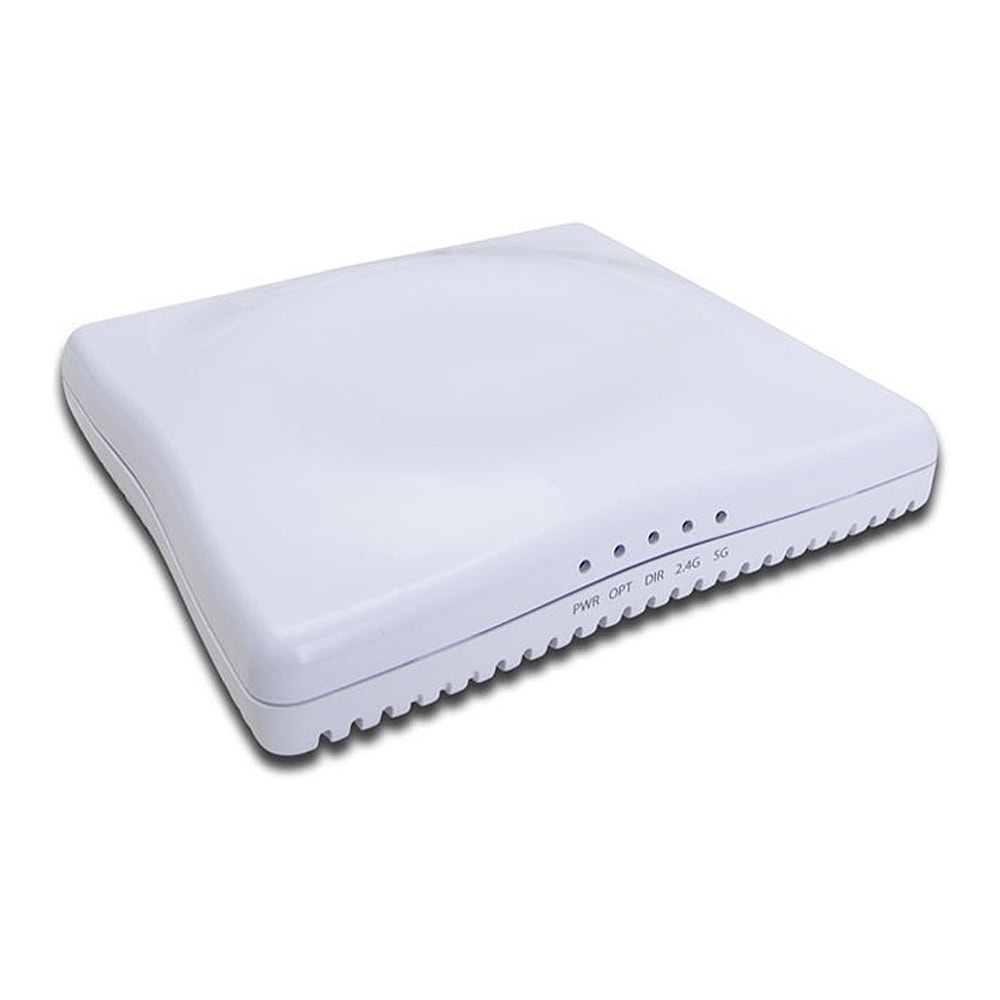
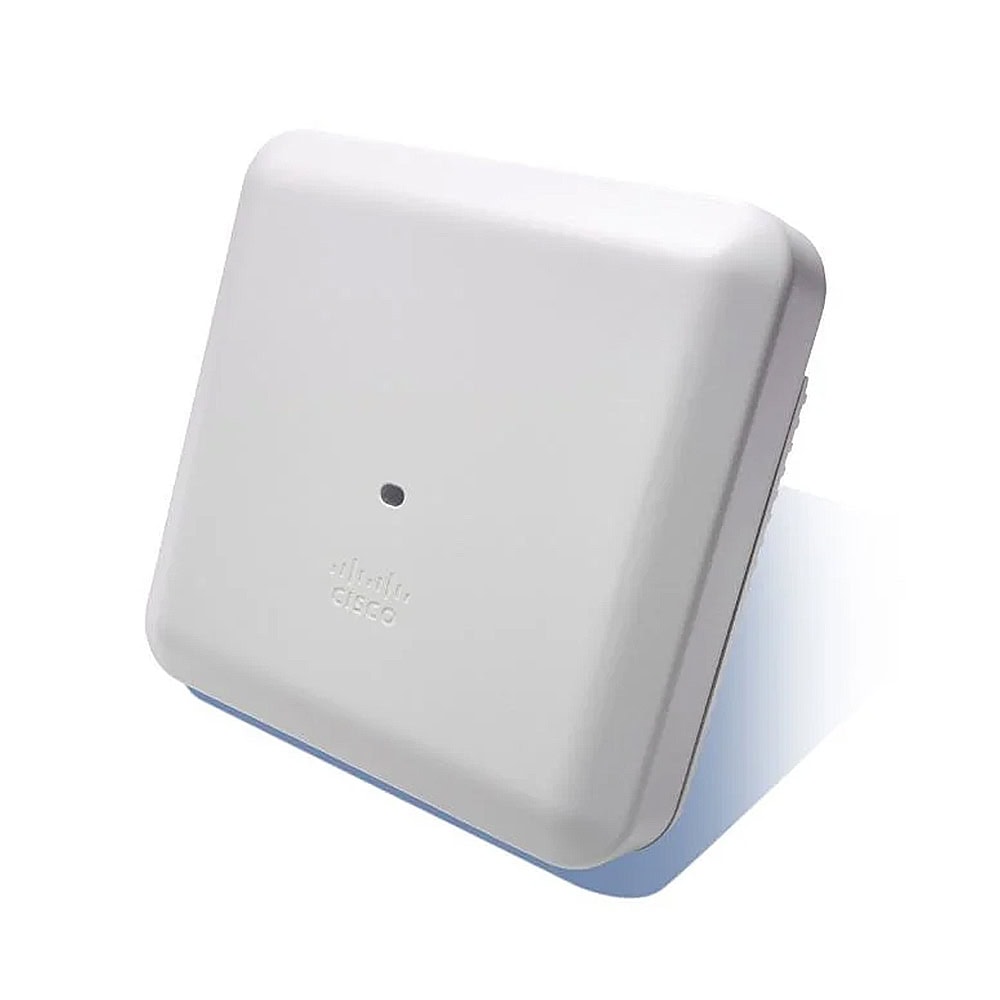
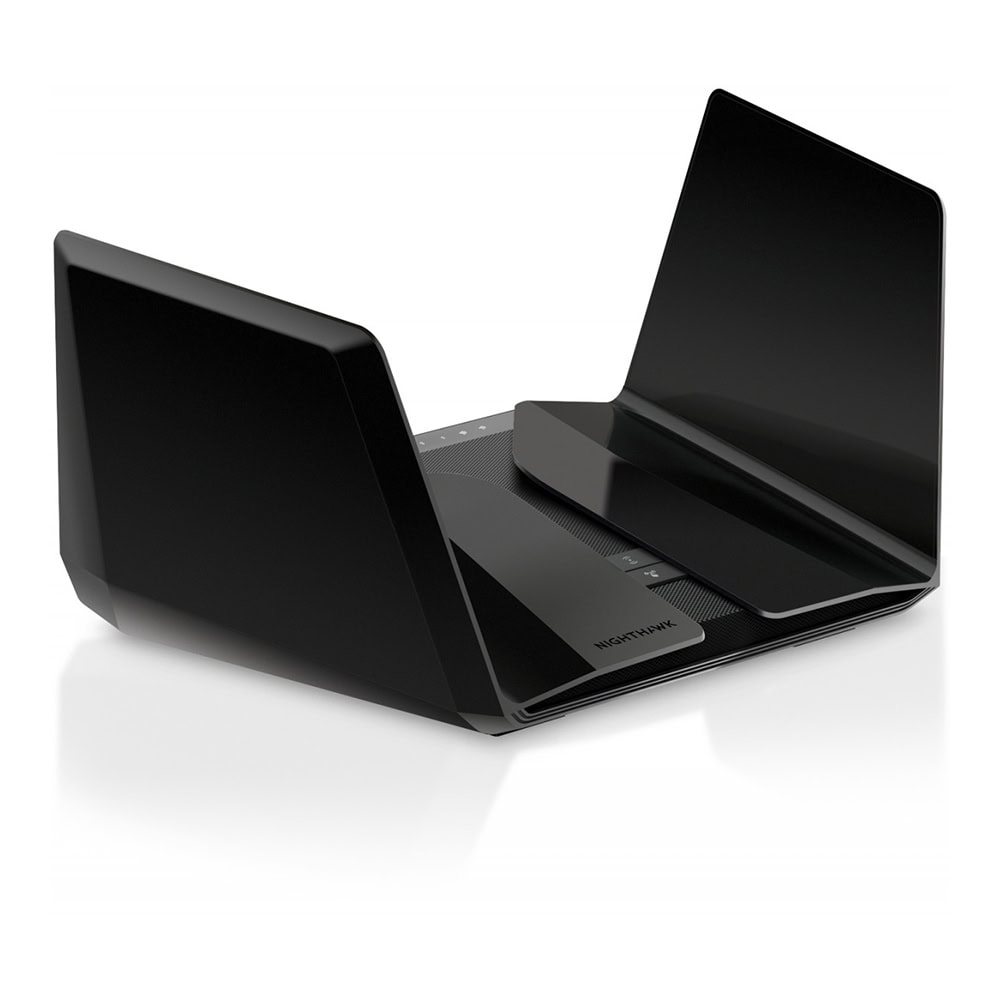
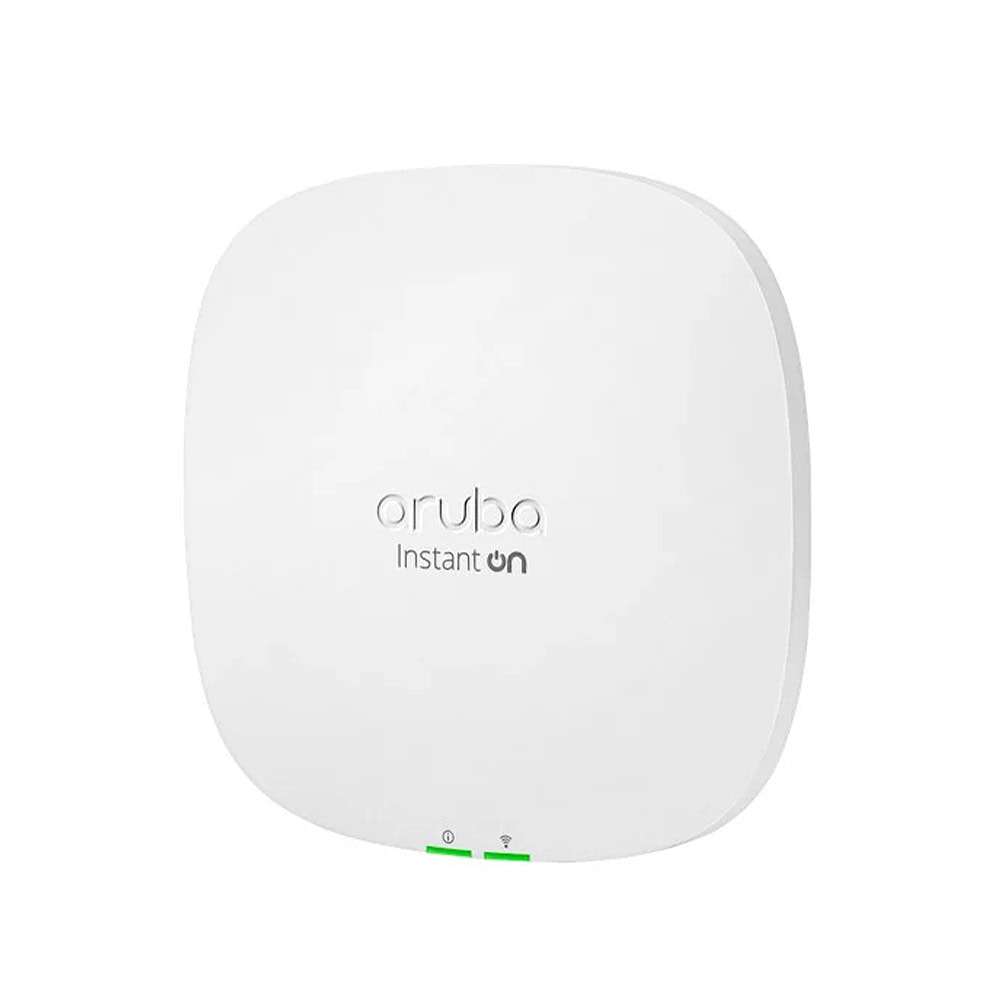
The WLAN 6 generation brings advanced methods to optimize communication with a large number of devices simultaneously and to manage data traffic more effectively:
Orthogonal Frequency-Division Multiple Access (OFDMA):

Basic-Service-Set Coloring (BSS Coloring):

Beamforming:
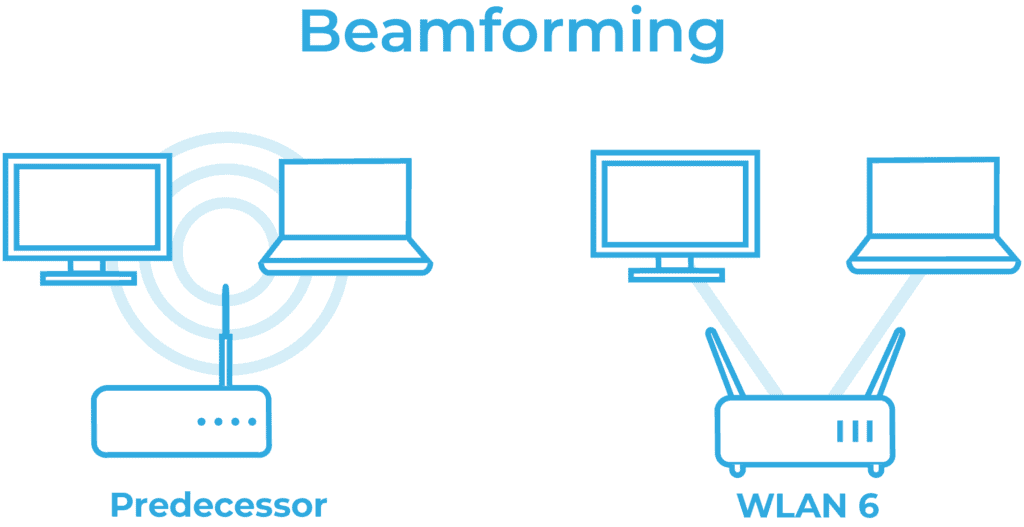
Target Wake Time (TWT):

Multiple User Multiple Input Multiple Output (MU-MIMO):

WPA3 (WLAN Protected Access):

In summary, WLAN 6 uses innovative technologies to address issues such as network bottlenecks, delays and limited bandwidth. This enables smooth operation in environments with many networked devices. The new functions contribute to more efficient data transmission and ensure faster and more reliable connections.
Private environments
Business environments
Public space
Education sector
Healthcare
Events
Modern fields of application
The new standard therefore offers considerable advantages in terms of efficiency, flexibility and scalability, especially with many simultaneous clients. Both private and business users benefit from the significantly increased speed.
Signal range and barriers
Susceptibility to faults
Network management and security
Compatibility and cost aspects
WLAN 6 marks a significant advance over previous generations of WLAN, even if the improvements are not immediately obvious to the average user. It is a series of optimizations that together bring a noticeable evolution without fundamentally changing the use of wireless networks. In use since 2019 and standardized by the Wi-Fi Alliance as IEEE 802.11ax, WLAN 6 previously enabled the use of the 2.4 GHz and 5 GHz frequency bands.
The introduction of WLAN 6E extends the usable frequencies and offers more bandwidth for improved connectivity and data transmission. This helps to reduce bottlenecks and interference in environments with many devices.
WLAN 7 (802.11be Extremely High Throughput) represents a significant leap forward in development. With impressive speeds and minimal latency, it is expected to further increase the productivity and competitiveness of businesses.
| Aspects | WLAN 5 | WLAN 6 | WLAN 6E |
|---|---|---|---|
| Standard | 802.11ac | 802.11ax | 802.11ax |
| Year | 2014 | 2019 | 2021 |
| Frequency | 5 GHz | 2,4 GHz, 5 GHz | 2,4 GHz, 5 GHz + 6 GHz (only for 6E devices) |
| Max. data rate | 1,3 Gbit/s | 9,6 Gbit/s | 9,6 Gbit/s |
| Access technology | OFDM | OFDMA | OFDMA |
| Target Wake Time (TWT) | No | Yes | Yes |
| BSS Coloring | No | Yes | Yes |
| WPA3 | No | Yes | Yes |
In conclusion, the switch to WLAN 6 and WLAN 6E brings numerous advantages. The new standard promises better performance in environments with many simultaneously connected devices as well as data throughput for more efficient workflows. Companies also benefit from improved energy efficiency and security. Find out how you can further expand your company in our blog post “Build IT infrastructure and benefit from improved processes”.
While an investment in new WLAN 6-compatible hardware such as routers, access points and some client devices is required, this pays off in the long term thanks to the performance improvements. In addition, WLAN 6E offers additional potential for even greater speed and reliability thanks to 6 GHz usage and the upcoming WLAN 7 generation. In our store, we offer a wide range of IT devices for a stable network connection, including well-known brands such as Cisco, HPE Aruba and Juniper.
However, to take full advantage of WLAN technologies, companies must ensure that their devices support the relevant new standards. Overall, the switch to WLAN 6 and WLAN 6E gives organizations the opportunity to optimize their connectivity and future-proof themselves for future requirements.